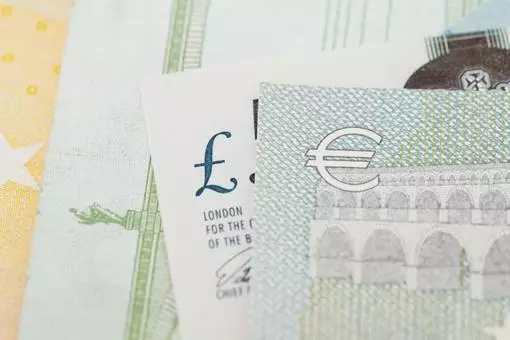US stimulus nears end but rates stay low
- 19th September 2014
- Business & Economy

The US will end its quantitative easing programme next month, but it is not yet clear when interest rates will rise.
US monetary policy has been decidedly loose since the financial crisis. The Federal Reserve has been buying bonds for the past six years and interest rates have remained low over that same period. With more than $4 trillion Treasury and mortgage bonds reportedly purchased by the Fed since 2008, it is finally due to end its asset purchase programme next month.
Officials have been tapering off the bond purchases for the past few months as gradual improvements in the US economy have persuaded them the nation no longer needs the extra support.
Intended to encourage spending and help keep interest rates low, the programme has almost defined the performance of global financial markets ever since the crisis began in 2008, and the process had to be conducted slowly to prevent shocks from upsetting Wall Street too badly.
But there is one aspect of economic policy that Fed chair Janet Yellen and her colleagues have not yet opened up about. Federal interest rates have been kept close to zero since December 2008 and the central bank has repeatedly said that they would stay that way until it was convinced the US was truly back on its feet.
Speculation has been rife about when rates might begin to edge upwards, but so far the Fed isn’t saying. It is still insisting that rates will stay low for a “considerable time” after the end of asset purchases amid “significant underutilisation of labour resources”.
Unemployment is falling in the US, but there appears to be no timescale from when the Fed might believe the situation is sufficiently improved.
Ms Yellen said in a news conference that the timing of a rate hike will depend entirely on economic performance, which could mean that rates rise sooner if the economic data looks encouraging enough – or later if they do not.
But Reuters points out that when rates eventually do get moving, the Fed is positioning itself to increase them at a quicker rate than analysts might have anticipated. Whatever decision the Fed makes, the chances are the markets will see the difference quickly.
Other News
What Role Does Motivation Play in Managing an Organisation?
What role does motivation play in managing an organisation? Motivation is one of the major factors for driving success. If…
The impact of the Brexit deal on the accountancy sector
After months of uncertainty and political wrangling, a Brexit deal was finally announced on Christmas Eve 2020. The deal includes…
5 Essential elements of a winning business development plan
The first step to building or expanding a business is creating a concrete business development plan. Entrepreneurs will find plenty…



